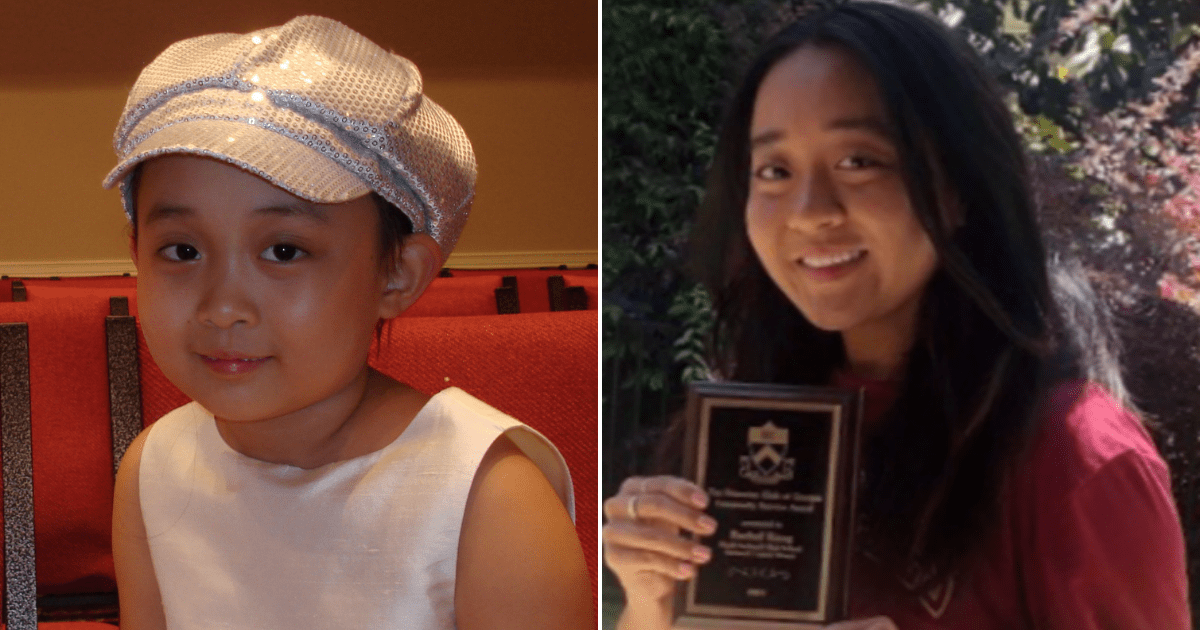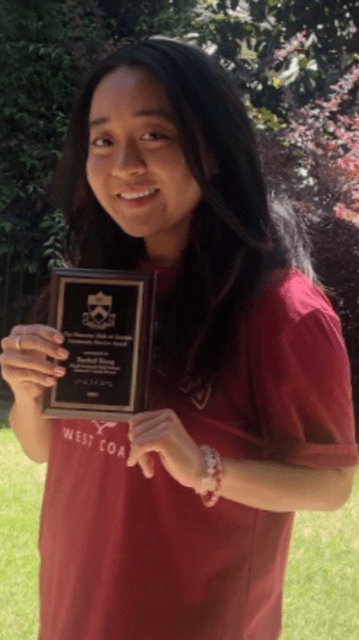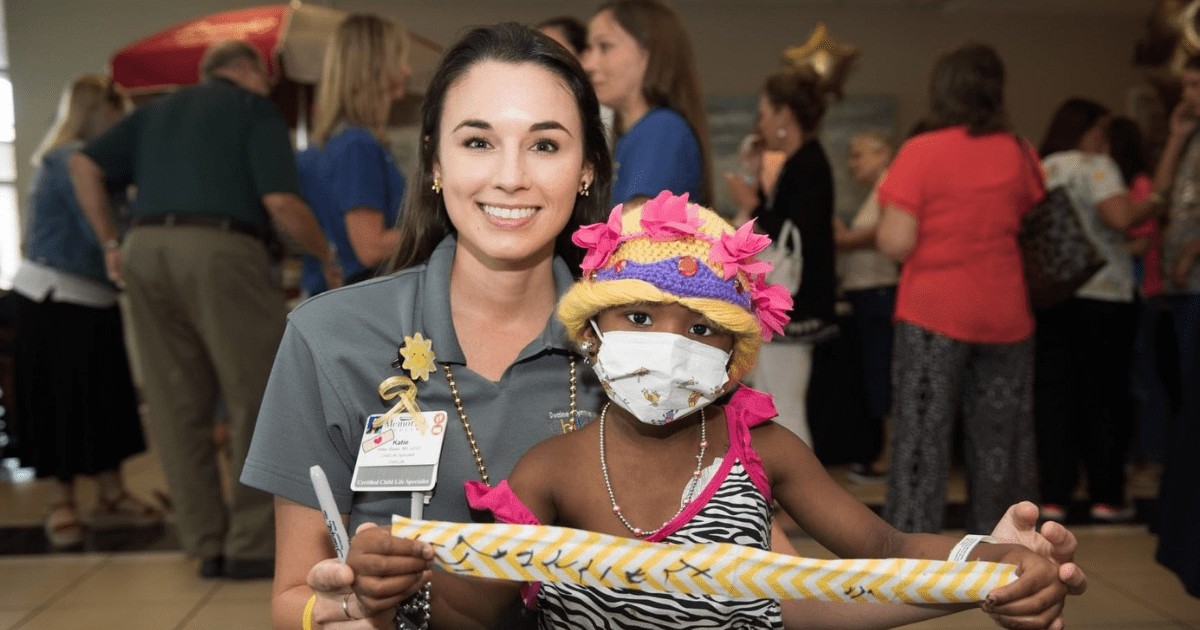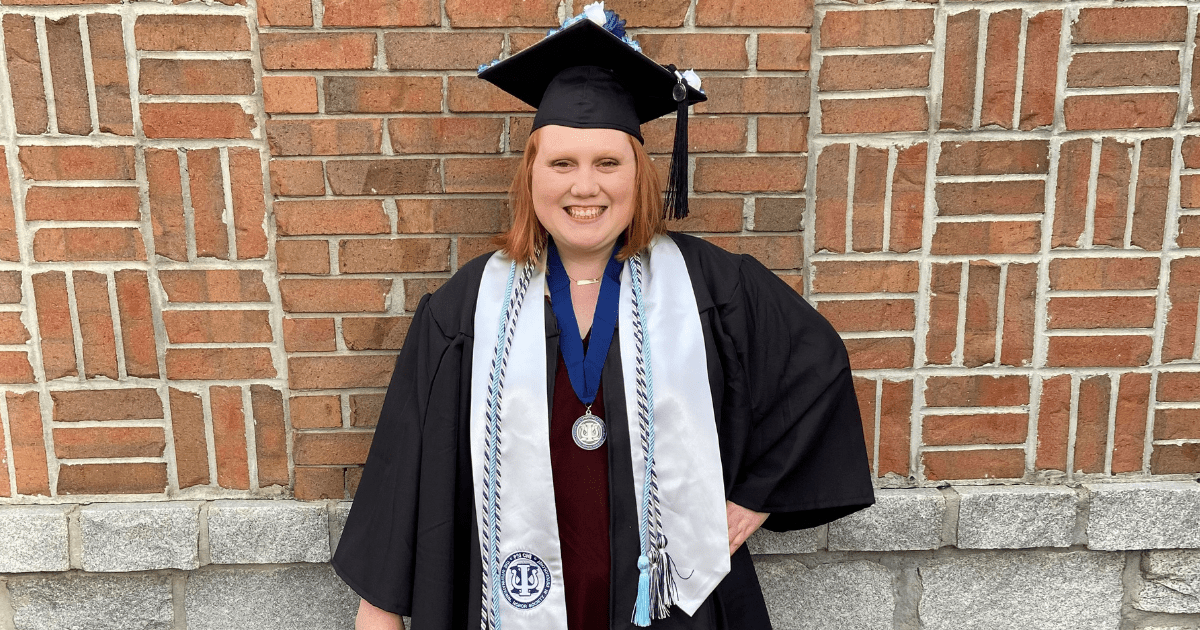
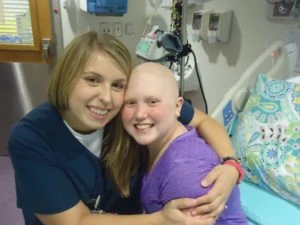
After Olivia’s successful brain surgery, Elena fought hard for two and a half years and was declared cancer-free. Unfortunately, she relapsed less than six months off treatment and was back in the fight. Early into this second battle, Elena’s body was not responding to chemo, and doctors were running out of treatment options. As her medical team searched the country for a clinical trial, a new one opened here in Atlanta. Elena had to have nine intense days of chemo and radiation to prepare her body for a bone marrow transplant. On July 25, 2012, Elena received that lifesaving transplant and has been cancer-free ever since!
“I definitely learned that I had to persevere,” Elena said. “But out of adversity or difficult times, you can always turn a negative situation into a positive one.”
A year later, while reading CURE’s newsletter, her mother, Christy, read about a clinical trial CURE funded in which only one child participated. She realized immediately that Elena was that child.
“A brilliant doctor had an idea to use an old drug in a new way, and he was given a chance to explore this idea because of funding provided by CURE,” Christy said, “Because CURE said yes, Elena is alive today!”

After being a counselor for several summer camps, Elena knew that she wanted to work with kids. Because of the amount of time she spent in treatment and staff that made an impression on her, she considered becoming a child life specialist. But after deliberation, she decided she would like to work outside of a hospital setting. Elena’s experience has given her a profound empathy for children – especially younger children who sometimes don’t have a voice and cannot speak up for themselves. So she is planning on becoming an elementary school counselor.
“I want to work with the elementary school-age children,” Elena explained. “That is the age when they are in that stage of learning and developing, and we can help shape their lives in a positive way.”
Our staff has known and loved Elena and her family for a long time. We are proud to know the young women that she and Olivia have become. After a rough start, they both have the brightest of futures ahead!
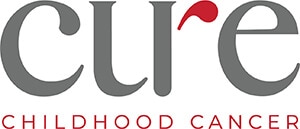
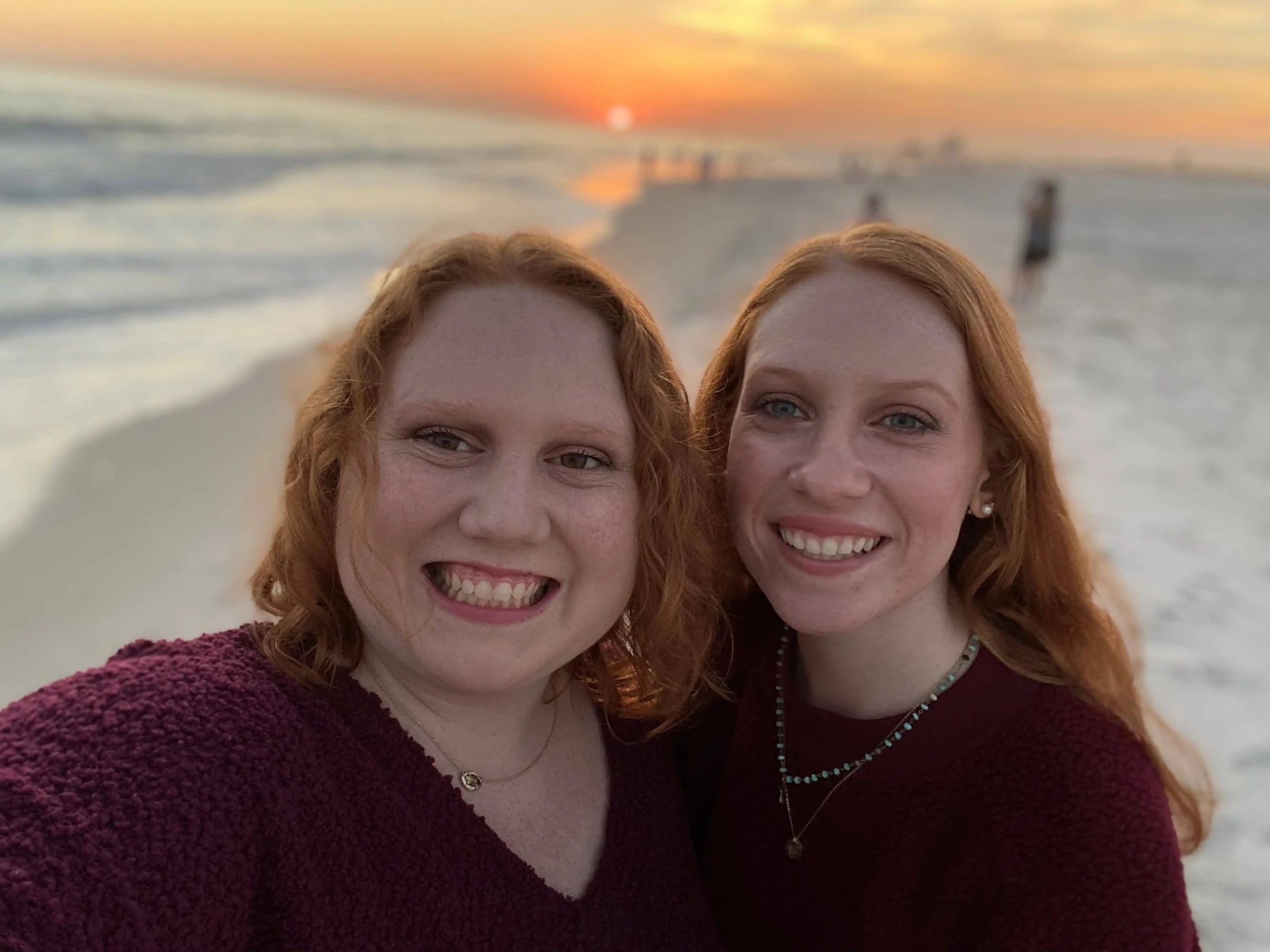



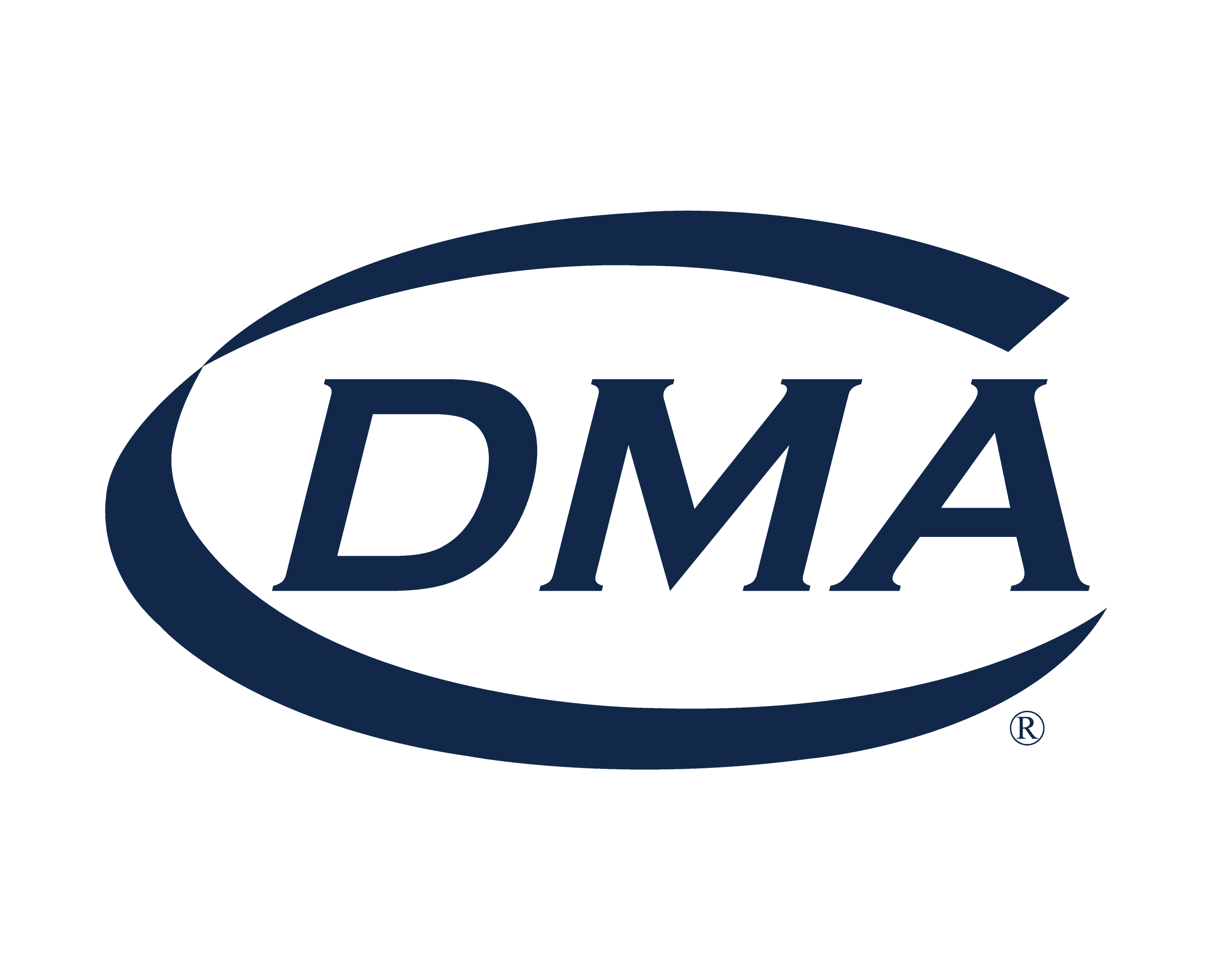
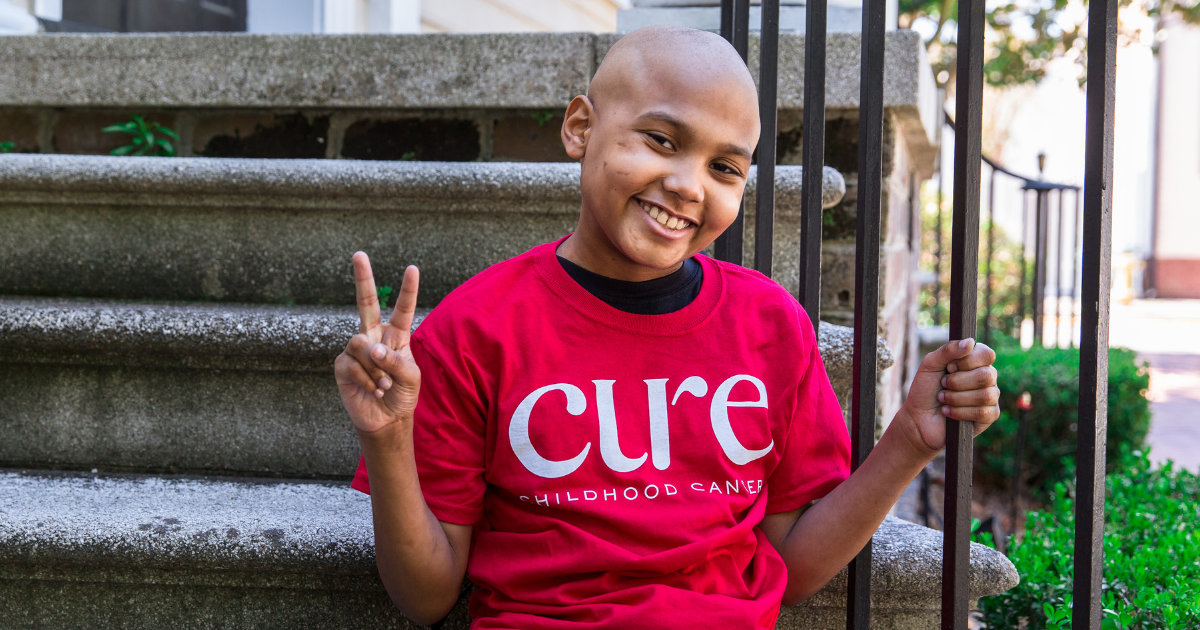
 The pandemic made a doctor’s appointment hard to get. Finally in February, the doctor agreed that the likely cause was growth-related. Eli’s mother, Taylor, wanted to find out for sure and asked for a referral to an orthopedist, where an x-ray revealed a tumor on his left tibia.
The pandemic made a doctor’s appointment hard to get. Finally in February, the doctor agreed that the likely cause was growth-related. Eli’s mother, Taylor, wanted to find out for sure and asked for a referral to an orthopedist, where an x-ray revealed a tumor on his left tibia.
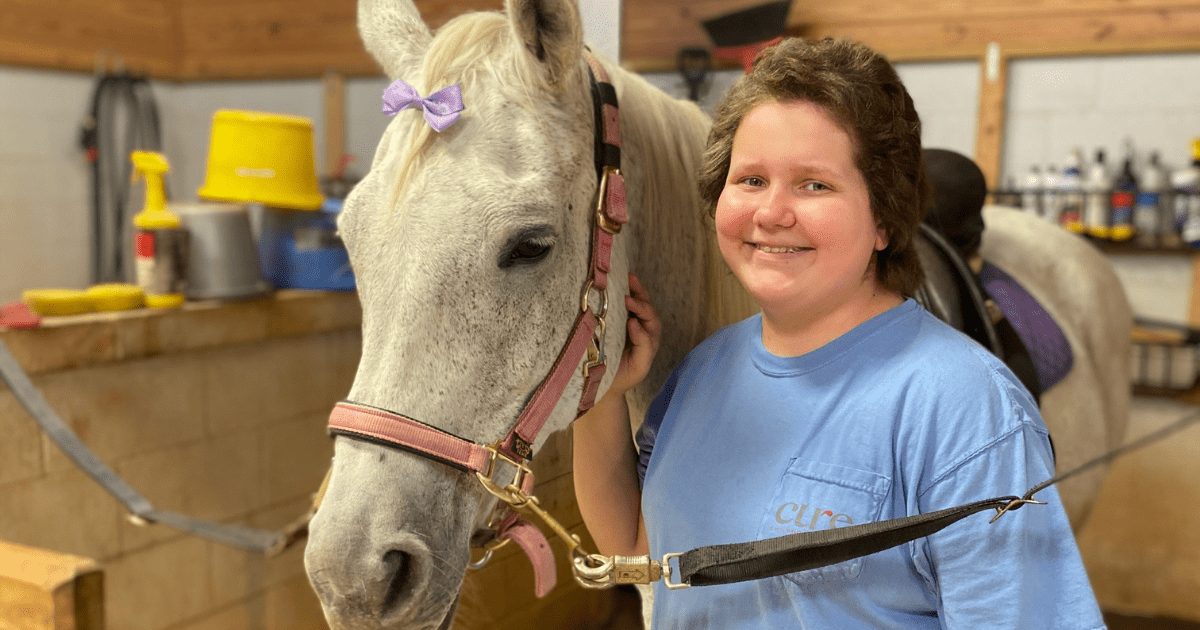
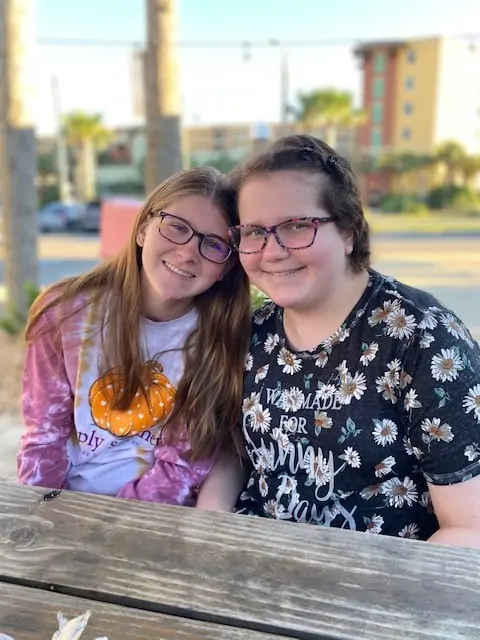 Emsley’s treatment continued after the pandemic swept across the country, making the hospital a lonely, isolating place.
Emsley’s treatment continued after the pandemic swept across the country, making the hospital a lonely, isolating place.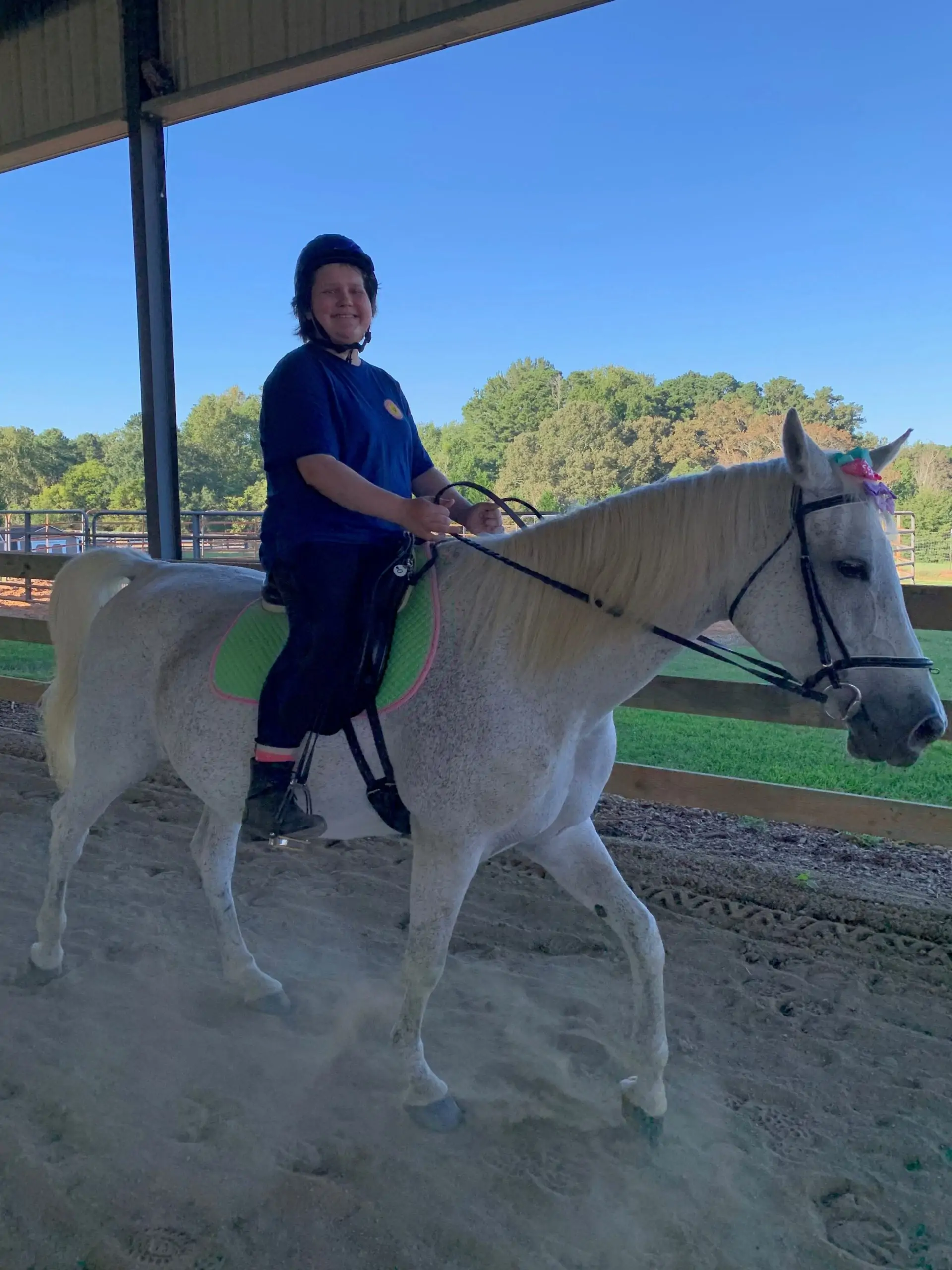

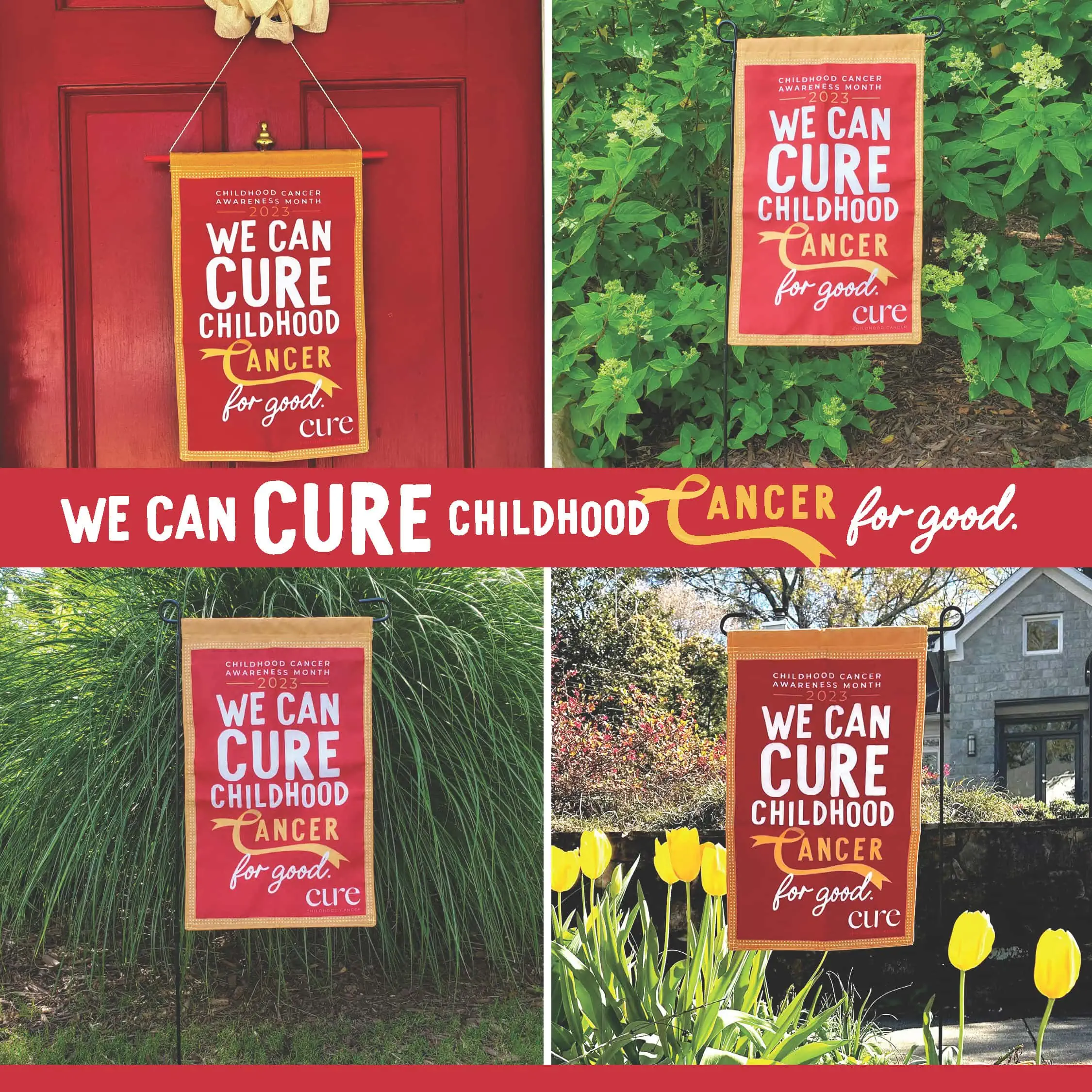
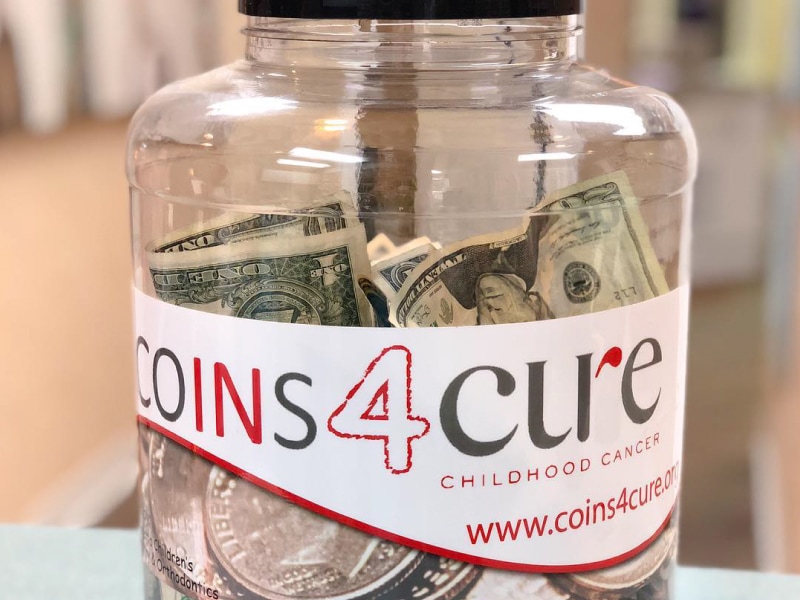


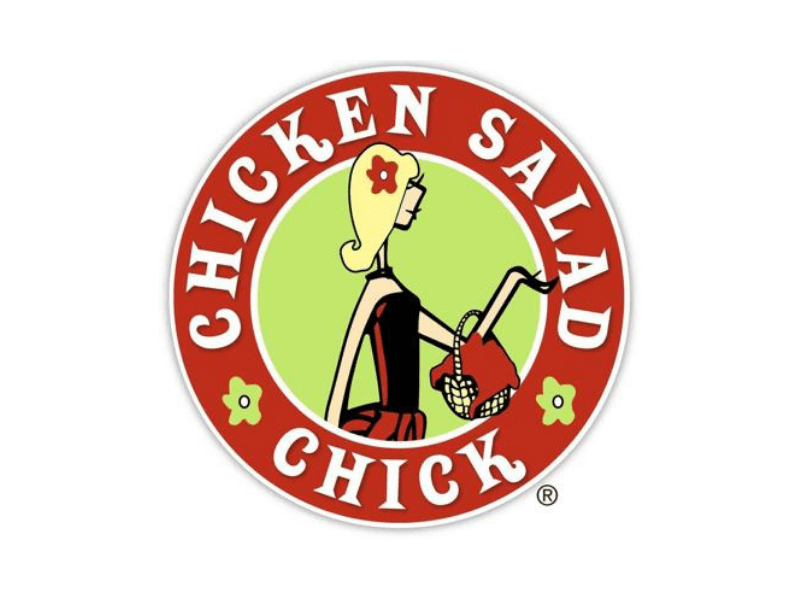



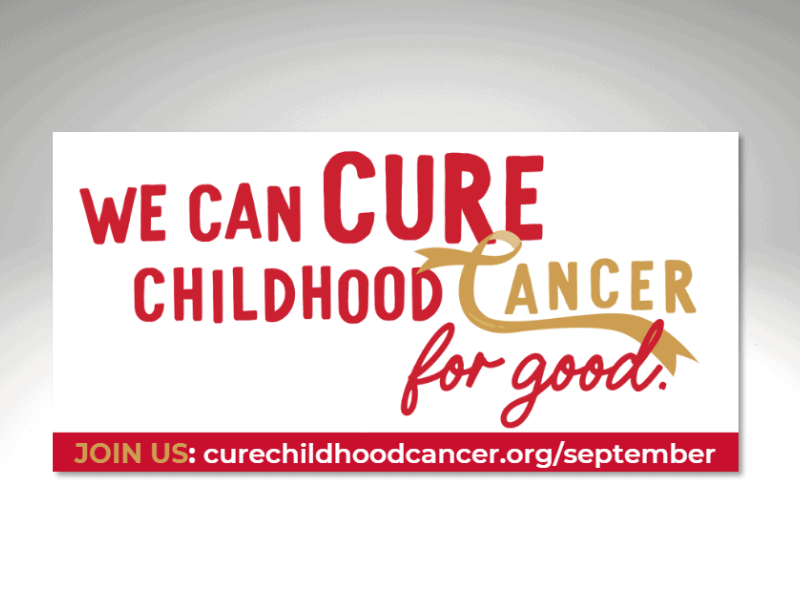

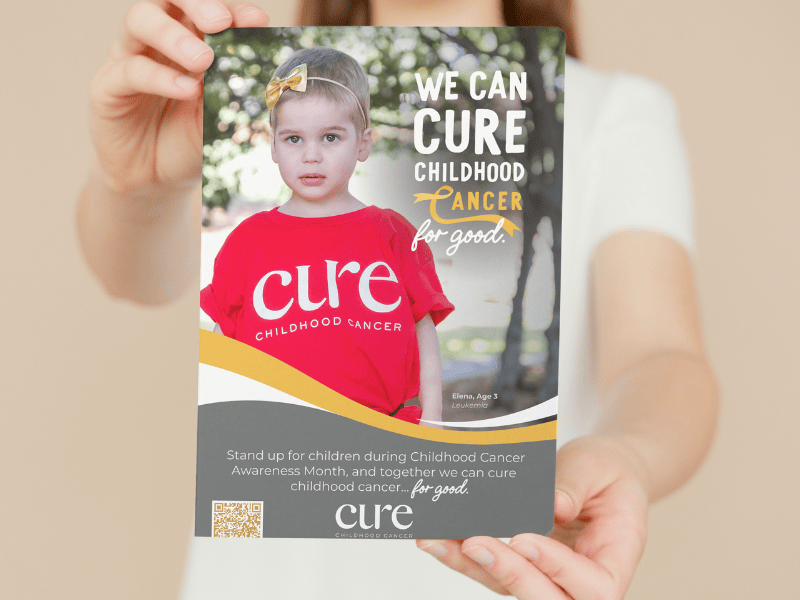





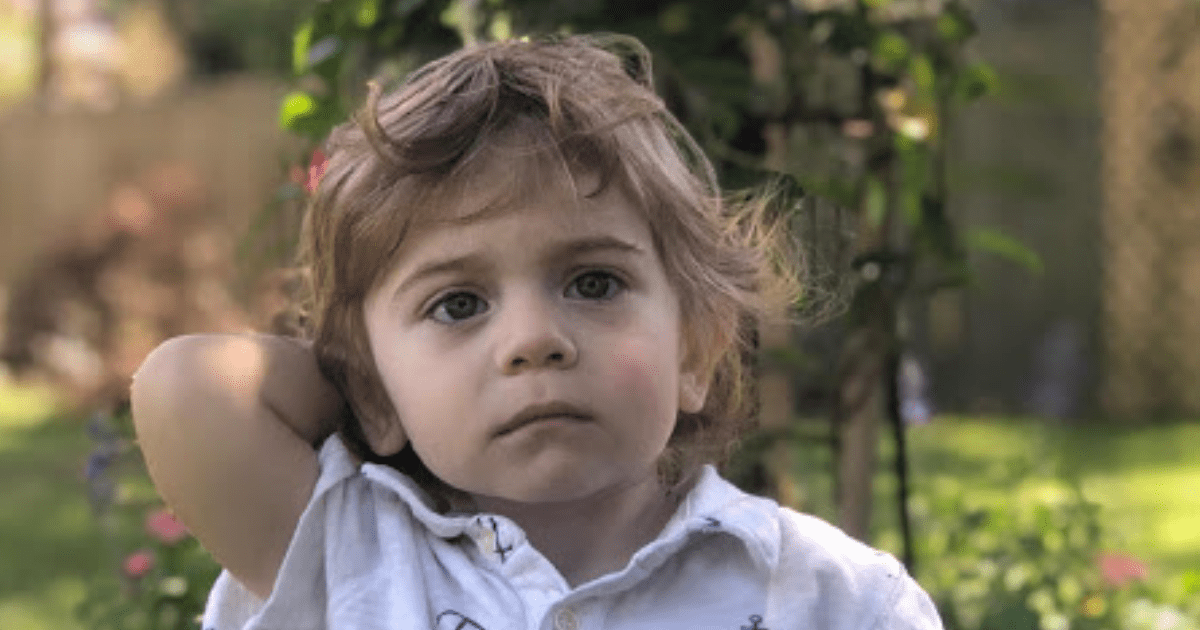
 That news was terrifying for Ciji but proved to be incorrect. Scans and bloodwork revealed that leukemia wasn’t the culprit; Gunner had a Wilms tumor. At the hospital, a whole new set of rules were in place because of the pandemic, and Ciji was the only parent able to be with him. This meant that she had to tell her husband, Cody, about Gunner’s diagnosis over the phone.
That news was terrifying for Ciji but proved to be incorrect. Scans and bloodwork revealed that leukemia wasn’t the culprit; Gunner had a Wilms tumor. At the hospital, a whole new set of rules were in place because of the pandemic, and Ciji was the only parent able to be with him. This meant that she had to tell her husband, Cody, about Gunner’s diagnosis over the phone. The pandemic added much stress to Gunner’s treatment. While his three oldest siblings wanted to be home to help, they were in school while Gunner was immunocompromised. One of his brothers was exposed to the virus and had to quarantine away from home. Fortunately, he didn’t contract COVID, but the family knew they had to keep him away to protect Gunner’s health.
The pandemic added much stress to Gunner’s treatment. While his three oldest siblings wanted to be home to help, they were in school while Gunner was immunocompromised. One of his brothers was exposed to the virus and had to quarantine away from home. Fortunately, he didn’t contract COVID, but the family knew they had to keep him away to protect Gunner’s health.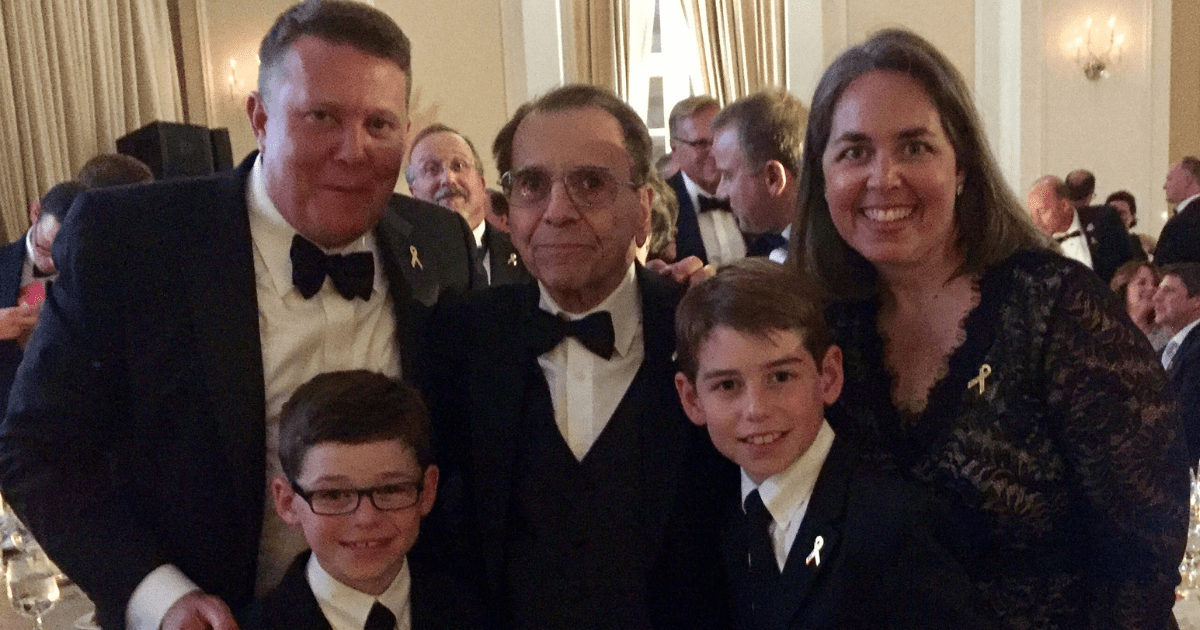
 Dr. Ragab founded CURE Childhood Cancer in Atlanta in 1975, shortly after leaving St. Louis, where he treated me. Unfortunately, I lost track of Dr. Ragab over the years and hadn’t talked to him since my wedding, which he attended in 1998. Kristin Connor, Executive Director of CURE, called me in 2017 and asked if I would be willing to present Dr. Ragab the Spirit of Hope Award at the Believe Ball. Of course, I jumped at the opportunity. I was excited to see him again and honored to present him with an award to recognize his many contributions and his career dedicated to fighting childhood cancer. My parents flew to Atlanta, and we presented him the Spirt of Hope Award together as a surprise. As you can imagine, it was a powerfully emotional reunion. Unfortunately, Dr. Ragab lost his own battle with cancer less than a year later.
Dr. Ragab founded CURE Childhood Cancer in Atlanta in 1975, shortly after leaving St. Louis, where he treated me. Unfortunately, I lost track of Dr. Ragab over the years and hadn’t talked to him since my wedding, which he attended in 1998. Kristin Connor, Executive Director of CURE, called me in 2017 and asked if I would be willing to present Dr. Ragab the Spirit of Hope Award at the Believe Ball. Of course, I jumped at the opportunity. I was excited to see him again and honored to present him with an award to recognize his many contributions and his career dedicated to fighting childhood cancer. My parents flew to Atlanta, and we presented him the Spirt of Hope Award together as a surprise. As you can imagine, it was a powerfully emotional reunion. Unfortunately, Dr. Ragab lost his own battle with cancer less than a year later.